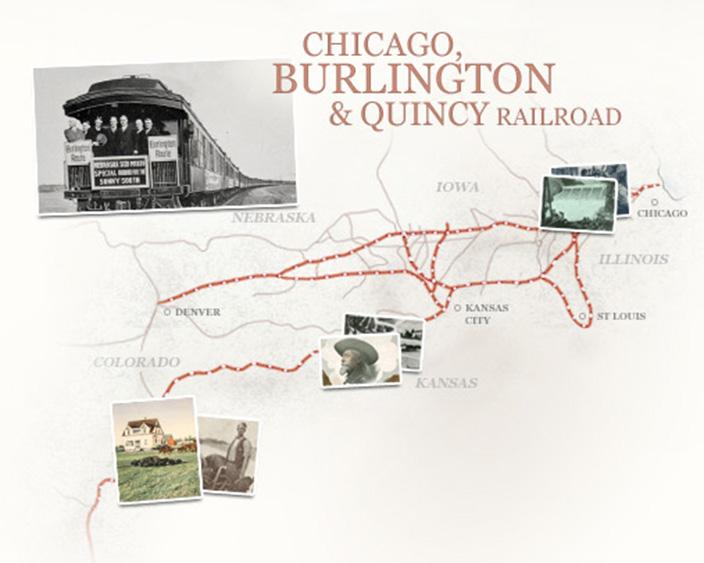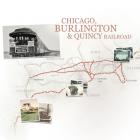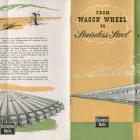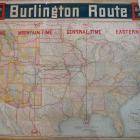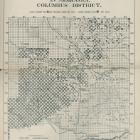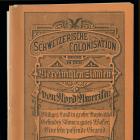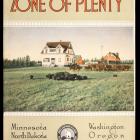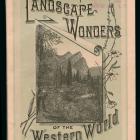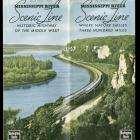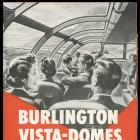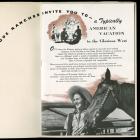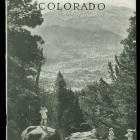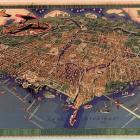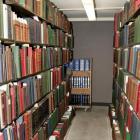About the Exhibition
During the nineteenth century, railroads became a major force of environmental change and an important shaper of ideas about nature. The very act of laying tracks had wide-ranging environmental impacts by consuming iron, wood, and other resources often transported great distances. Established lines extended and increased the flow of resources, and opened up vast, thinly populated areas to rapid development and settlement. To sell their vast land holdings and to entice people and businesses to locate along their lines, railroad advertising departments were major promoters of settlement, agriculture, mining, and other industries. Railroads also encouraged tourism and the preservation of wild lands. Railroad publications promoted a variety of uses for the land, from advocating irrigation and the cultivation of specific crops, to instructing hikers on technique, what to bring, and what to see. Some publications sought to instruct railway passengers on how to interpret the landscape that passed by their windows.
The Chicago, Burlington & Quincy Railroad was one of the most important and enduring railroads, and its historical records are amazingly complete and well preserved. The CB&Q collection at the Newberry Library in Chicago consists of some 5,000 cubic feet (142 cubic meters) of documents representing an important part of the history of the Midwestern, Great Plains, and Mountain States history from 1847 to 1965. This virtual exhibition focuses on visually interesting documents from this collection that suggest narratives about the human-environment relationship. It aims to provide a glimpse of the types of documents that await discovery by environmental historians, historical geographers, and others interested in the promotion and transformation of landscapes.
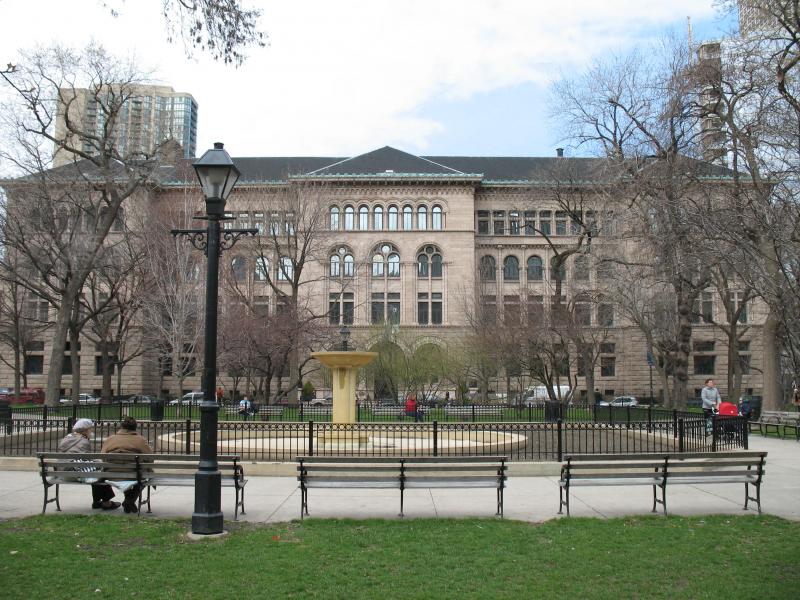
The Newberry Library in Chicago. Photograph by Antonio Vernon, 2007.
The Newberry Library in Chicago. Photograph by Antonio Vernon, 2007.
Accessed via Wikipedia. Click here to view image source.
 This work is licensed under a Creative Commons Attribution-NonCommercial-ShareAlike 3.0 Unported License.
This work is licensed under a Creative Commons Attribution-NonCommercial-ShareAlike 3.0 Unported License.
The virtual exhibition “Landscape Promotion and Transformation along the CB&Q Railroad” is a collaboration of the Rachel Carson Center for Environment and Society and the Newberry Library, a private humanities research library in Chicago. Researched and authored by geographer and environmental historian Eric Olmanson, the exhibition is based on original archival material of the Chicago, Burlington and Quincy Company held by the Newberry.
We are most grateful to Doug Knox, Director of Publication and Digital Initiatives at the Newberry, for his tremendous support throughout the realization of this project. Furthermore, we want to especially thank James Grossman, former Vice President for Research and Education at Newberry, for his support, and to Martha Briggs, John Powell, and Catherine Gass for their assistance in researching, selecting, and digitizing the documents presented in the exhibition.
About the Author
Eric Olmanson studied geography and environmental history at the University of Wisconsin-Madison. After completing his PhD in 2000 he served as an institutional historian until 2008. Since then he has been a lecturer at the University of Wisconsin-Madison and has worked on various research and writing projects. His first book, The Future City on the Inland Sea: A History of Imaginative Geographies of Lake Superior, was published by Ohio University Press in 2007. It won the Great Lakes American Studies Association and Ohio University Press book award and was awarded the J. B. Jackson Prize by the Association of American Geographers. He is currently writing a book about the American Medical Center for Burma, 1945–1965.
How to cite
Olmanson, Eric D. “Promotion and Transformation of Landscapes along the CB&Q Railroad.” Environment & Society Portal, Virtual Exhibitions 2011, no. 1 [updated 6 February 2020]. Version 2.0. Rachel Carson Center for Environment and Society. https://doi.org/10.5282/rcc/8919.
ISSN 2198-7696
Environment & Society Portal, Virtual Exhibitions
- Overton, Richard C. Burlington Route: A History of the Burlington Lines. New York: Knopf, 1965.
- Previous chapter
- Next chapter


